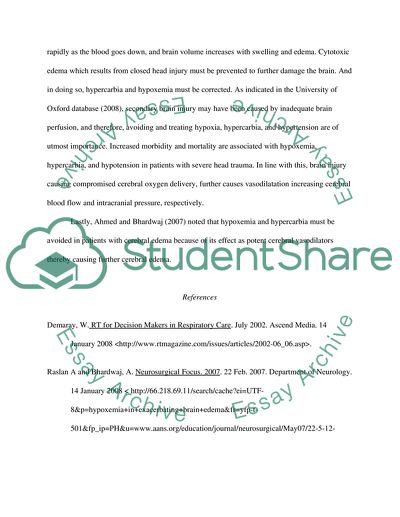Preventing hypoxemia in closed head injury Essay. Retrieved from https://studentshare.org/miscellaneous/1544063-preventing-hypoxemia-in-closed-head-injury
Preventing Hypoxemia in Closed Head Injury Essay. https://studentshare.org/miscellaneous/1544063-preventing-hypoxemia-in-closed-head-injury.


